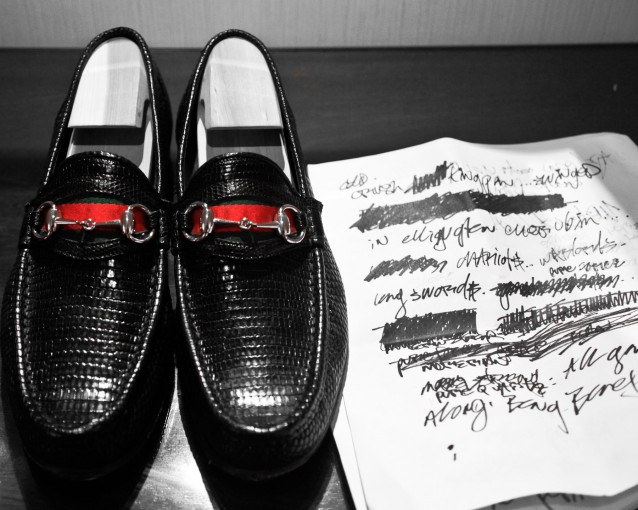
It seems inaccurate to call The Ecstatic a return to form for Mos Def. This newfound vigor and playful tendency from Mos Def also results in a few curious, and frankly kind of weird moments, from the all-Spanish “No Hay Nada Mas,” to the way he pronounces “fi-yerd” on “Workers Comp.” Yet these brief diversions are still pretty fun, if inessential, and are few and far between on an album whose flaws are in short supply.
Mos def the ecstatic disc art code#
Flash offering a second production, opening the track with an extremely unsettling description of firepower from an airline pilot before Mos drops in with inspired couplets like “ high status, intrigue and mystery/ special code name on the hotel registry.” Madlib, with the highest number of production credits at four, provides the beats for the album’s most jaw-dropping track, “Auditorium.” Another track with widescreen Bollywood samples, “Auditorium” juxtaposes Mos Def’s fluid, unstoppable delivery (best line: “ soul is the lion’s roar, voice is the siren/ I swing `round wring out and bring down the tyrant/ chop a small axe and knock a giant lopsided“) with Slick Rick’s lyrics from the perspective of an unwelcome visitor in Iraq during the occupation.

Chad Hugo lays down some bassy, ominous horns for the spectacular “Twilight Speedball,” as Mos Def goes back and forth between decrying “ bad news and good dope” and incorporating Big Boi’s “ feeling great, feeling good, how are you?” Muldrow’s “Roses” is a jazzy, soulful standout, as is “History,” in which Def and Talib Kweli trade verses over Dilla’s breezy, old school loops. No’s Oxperiment while Mos, sounding energized, reincorporates Mary Poppins rhymes into his own fierce battle cry. “Supermagic” kicks off the album with a garage rock Bollywood beat from Oh No’s Dr. Flash, Georgia Anne Muldrow and even one J Dilla beat, the album runs a diverse and constantly interesting course, not to mention one that’s more fun than Mos Def has sounded in the last ten years. Yet with additional production contributions from the likes of The Neptunes’ Chad Hugo, Preservation, Mr. The scrappy, patchwork nature of The Ecstatic makes it fit comfortably with anything in the Stones Throw discography (although it’s on Downtown), and much of this is thanks to producers (and Stones Throw representatives) Oh No and Madlib, each of whom contributes a handful of beats here. In fact, the finished product does go in seemingly a dozen or so different directions, but most importantly, each track carries the distinction of being vibrant, artfully executed hip-hop. With different, but equally brilliant singles revealing three vastly different styles, Mos Def could have gone in any number of directions with The Ecstatic. In just three songs, Mos Def’s The Ecstatic was already standing firm in four-star territory. Already two for two, Mos Def raised expectations to an all time high with the third single released from The Ecstatic, “Casa Bey.” Having already taken two completely different sonic directions with the prior two singles, Mos Def veered down a third path with this track, playfully proclaiming “ I’ve been born to be what I am/ a bright light from a different star” over a Banda Black Rio psych-funk-samba sample. That was just the beginning a few months later he dropped “Quiet Dog,” a minimal high-speed lyrical Calisthenics exercise incorporating elements of “Rapper’s Delight” over furious handclaps and police sirens. Flash, Mos Def delivers the kind of impassioned, intense flow not heard since he outshined Kanye West on “Two Words.” Over a synth-laden production by Ed Banger alum Mr. Yet when Mos Def debuted single “Life In Marvelous Times” at the tail end of 2008, he finally unleashed the kind of fiery, inspired sound everyone knew he was capable of.

Regardless of Mos Def’s lack of focus, or even interest, he showed flashes of brilliance on his last two uneven albums, and spit fire when making guest appearances on albums by Kanye West and Talib Kweli, the one rhyme partner that always manages to bring out the best in the Brooklyn emcee. And 2006’s True Magic, with a few tracks being notable exceptions, just sounded deflated and uninspired the fact that it didn’t even have any cover art should give some kind of indication of how slapped-together the whole project seemed. His follow-up to debut Black On Both Sides, 2004’s The New Danger, wasn’t exactly a hip-hop album, though it did contain rapping. Yet hip-hop hasn’t been high on Mos Def’s priority list, in spite of it being the area where Mos shines brightest. Mos Def has kept busier than most in the past decade, having mainly bolstered his acting resume with numerous high profile roles ranging from The Italian Job to Be Kind Rewind, while making appearances on “Real Time With Bill Maher” in his spare time.


 0 kommentar(er)
0 kommentar(er)
